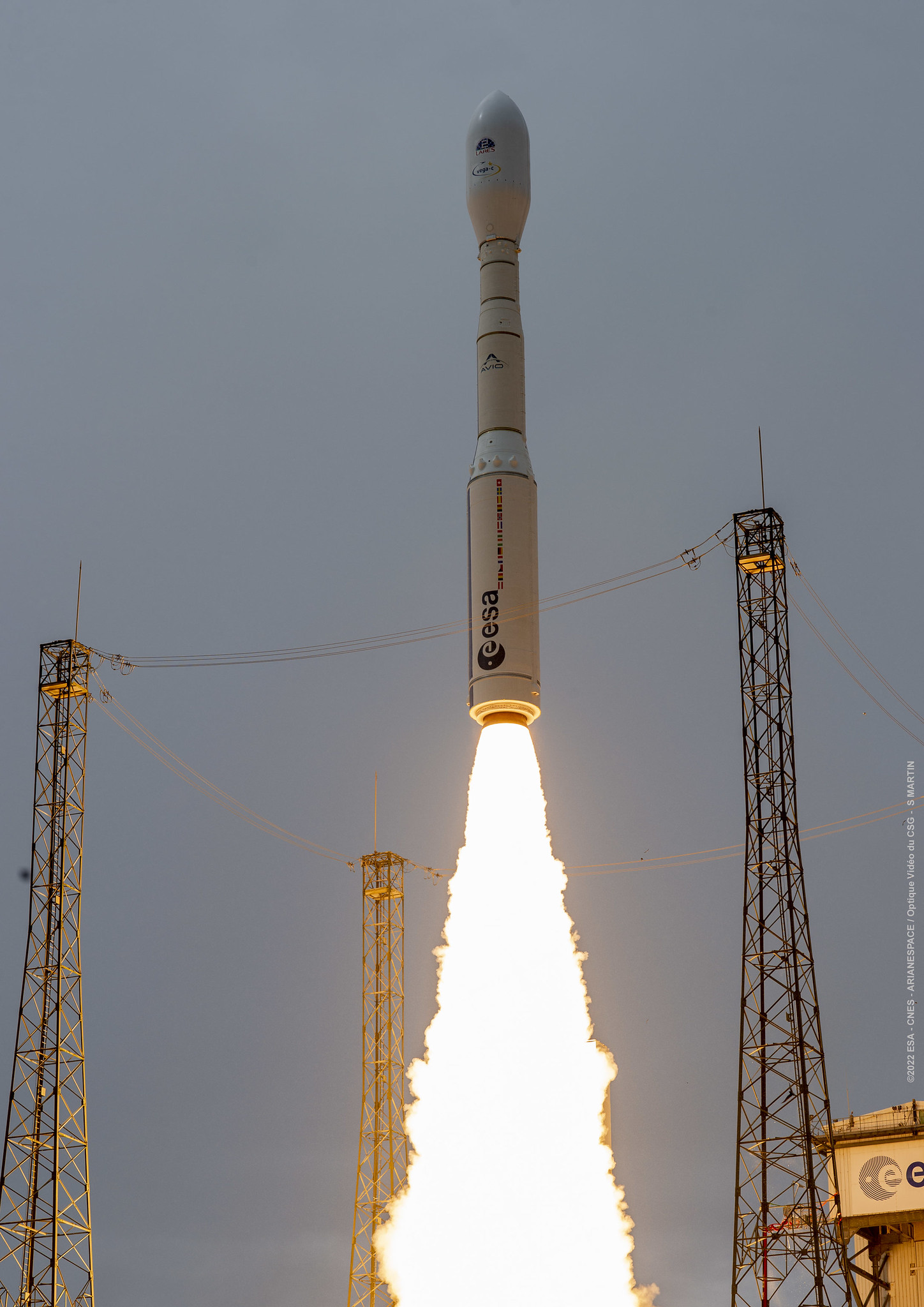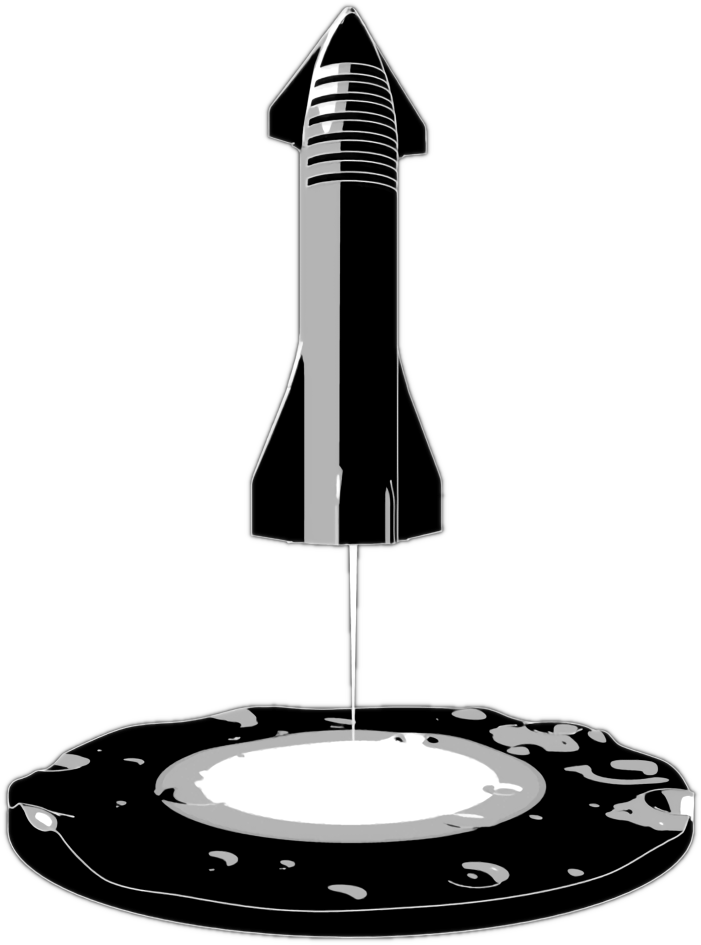· space brief · 5 min read
Space Brief 12 Apr 2025
Highlights include significant advances in satellite refueling experiments, a key design milestone for missile defense, and a feature on the satellite Cosmos 2246.

📄Top Stories
The U.S. Space Force is accelerating its on-orbit refueling programs, marking a new era in satellite maintenance and operations. Meanwhile, Millennium Space Systems, a Boeing subsidiary, reached a crucial design milestone in its missile defense satellite program. Astroscale and Orbit Fab’s collaboration aims to redefine geostationary satellite operations through innovative refueling missions planned for 2026.
📰Detailed Coverage
Space Force Accelerates Satellite Refueling Experiments
The United States Space Force is making strides with its innovative on-orbit refueling experiments, announcing new collaborations with Northrop Grumman and Astroscale US. This initiative marks a significant step forward in enhancing the longevity and operational efficiency of military satellites, allowing for more sustainable use of existing space assets.
By leveraging Astroscale’s refueling technology, the Space Force aims to extend the operational lifespan of its satellites, reducing costs associated with deploying new satellites. This move highlights the increasing importance of satellite sustainability and maintenance in the modern era of space operations, aligning with broader trends towards resource optimization in orbit.
Read the full story: Breaking Defense
Millennium Hits Design Milestone in Missile Defense
Millennium Space Systems, a Boeing subsidiary, has reached a pivotal design stage in its Fire-control On Orbit-support-to-the-war Fighter (FOO Fighter) program. The rapid completion of the Critical Design Review (CDR) underscores the program’s strategic significance in enhancing missile defense capabilities, with deployment anticipated in the near future.
This achievement reflects Millennium’s capacity to meet the demand for agile development in defense technologies. The program’s progress is a testament to the synergies between rapid prototyping and strategic defense initiatives, offering promising enhancements to orbital defense capabilities.
Read the full story: SpaceWar
Astroscale and Orbit Fab’s Pioneering Refueling Mission
Astroscale and Orbit Fab are set to transform geostationary satellite operations with their upcoming refueling mission planned for 2026. This collaboration aims to demonstrate the viability of refueling satellites in orbit, a crucial development in extending satellite service life and reducing space debris.
This mission, focusing on U.S. Space Force satellites, highlights the shift towards sustainable space operations. By providing refueling services, Astroscale and Orbit Fab are paving the way for future commercial and military satellite maintenance strategies, showcasing the potential of in-orbit servicing technologies.
Read the full story: Space.com
Pentagon Budget Cuts Impact Satellite Projects
Recent budgetary revisions in the Pentagon have resulted in a $5.1 billion cut affecting IT consulting and other non-essential activities. These changes could influence ongoing and future contracts related to satellite and space operations, highlighting the need for streamlined financial strategies in national defense.
The budget cuts indicate a shift towards prioritizing essential defense capabilities, potentially affecting the funding for new satellite projects and maintenance contracts. This development underscores the fluctuating landscape of defense financial allocations and its impact on space programs.
Read the full story: Breaking Defense
🛰️Satellite Spotlight
- Satellite Name: COSMOS 2246
- NORAD ID: 22647
- Launch Date: 1993 May 11
- Mission: Military Communication
- Orbit: Inclination 82.5856°, Period 12.636 minutes, Eccentricity 0.0010460
- Operator: VKS (Russia)
- Fun Fact: Cosmos 2246 is part of the Strela-3 series, known for their cylindrical shape with a notable antenna span of 7 meters, contributing significantly to Russian military communication networks.
Current TLE Data:
1 22647U 93030B 25101.71843334 .00000024 00000+0 72514-4 0 9996
2 22647 82.5856 232.5138 0010460 169.1931 190.9388 12.63622727472034Track this satellite in real-time on our web app: Track COSMOS 2246
🚀Upcoming Space Launches
April 12
- SpaceX Falcon 9:
- NROL-192 from Vandenberg Space Force Base, CA, USA (12:17 UTC) Ninth batch of satellites for a reconnaissance satellite constellation for the National Reconnaissance Office.
April 13
- SpaceX Falcon 9:
- Starlink Group 12-17 from Kennedy Space Center, FL, USA (00:53 UTC) A batch of 21 satellites for the Starlink mega-constellation, SpaceX’s project for space-based Internet communication.
April 14
- SpaceX Falcon 9:
- Starlink Group 6-73 from Cape Canaveral Space Force Station, FL, USA (01:59 UTC) A batch of 27 satellites for the Starlink mega-constellation, SpaceX’s project for space-based Internet communication.
- Blue Origin New Shepard:
- NS-31 from Corn Ranch, Van Horn, TX, USA (13:30 UTC) NS-31 marks the 11th crewed flight for the New Shepard program.
April 16
- Northrop Grumman Minotaur IV:
- NROL-174 from Vandenberg Space Force Base, CA, USA (19:00 UTC) Classified payload for the U.S. National Reconnaissance Office.
April 17
- SpaceX Falcon 9:
- Starlink Group 6-74 from Cape Canaveral Space Force Station, FL, USA (02:24 UTC) A batch of satellites for the Starlink mega-constellation, SpaceX’s project for space-based Internet communication.
April 19
- SpaceX Falcon 9:
- NROL-145 from Vandenberg Space Force Base, CA, USA (Time to be confirmed) Tenth batch of satellites for a reconnaissance satellite constellation for the National Reconnaissance Office.
April 21
- SpaceX Falcon 9:
- Dragon CRS-2 SpX-32 from Kennedy Space Center, FL, USA (08:15 UTC) 32nd resupply mission to the International Space Station under the Commercial Resupply Services contract with NASA.
April 28
- United Launch Alliance Atlas V 551:
- Project Kuiper (KA-01) from Cape Canaveral Space Force Station, FL, USA (Time to be confirmed) Project Kuiper will provide broadband internet access with a mega constellation of satellites managed by Amazon’s Kuiper Systems LLC.
April 29
- Arianespace Vega-C:
- Biomass from Guiana Space Centre, French Guiana (09:15 UTC) An ESA mission to measure carbon density in the world’s forests using advanced radar technology.
Note: Launch dates and times are subject to change due to technical or weather considerations.

Maurice Stellarski




